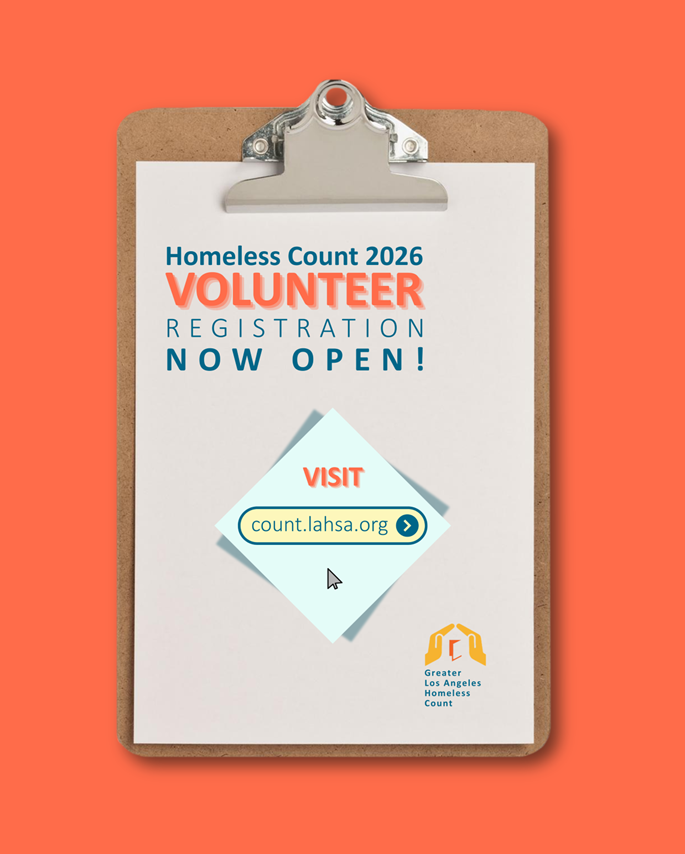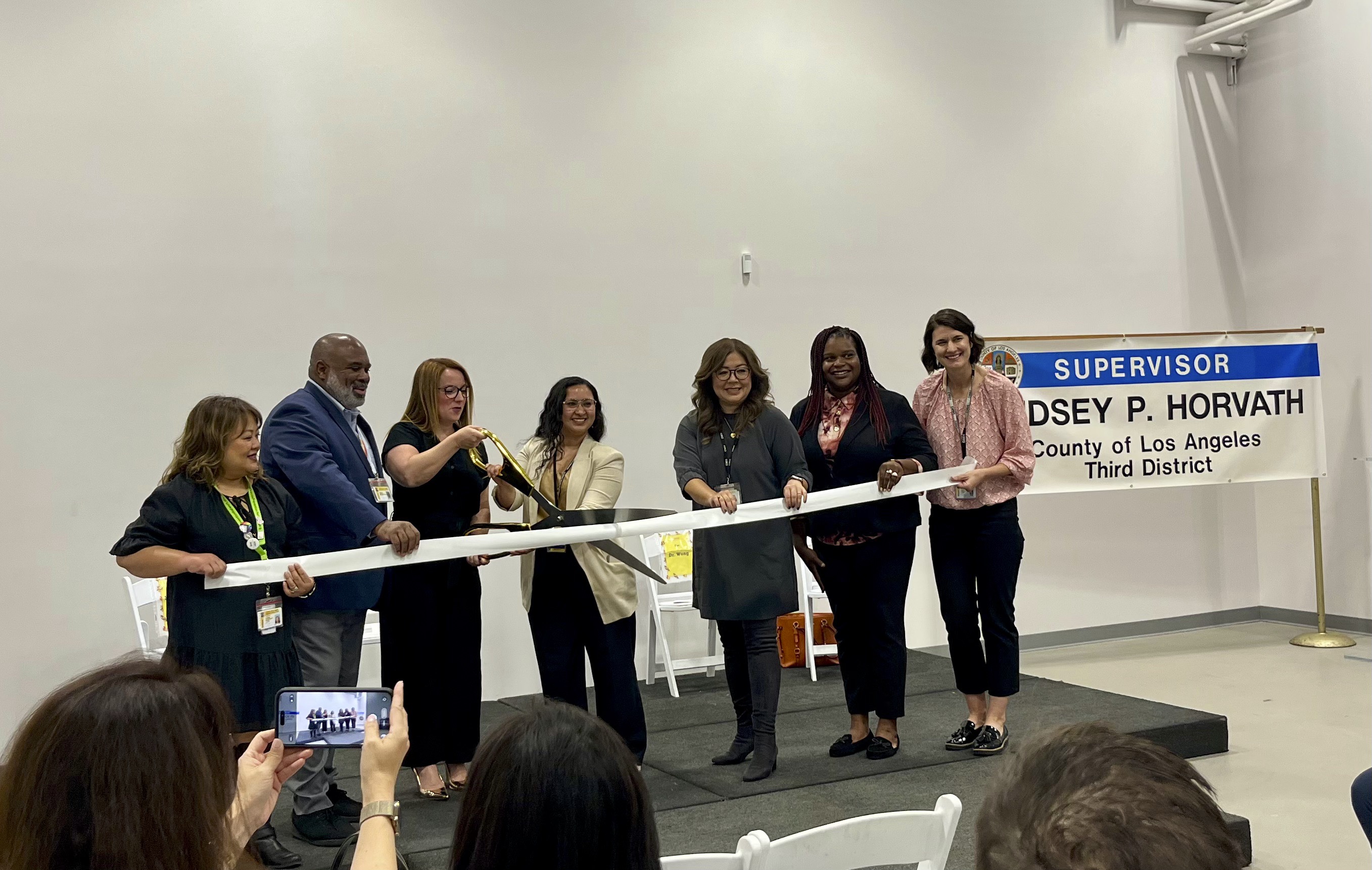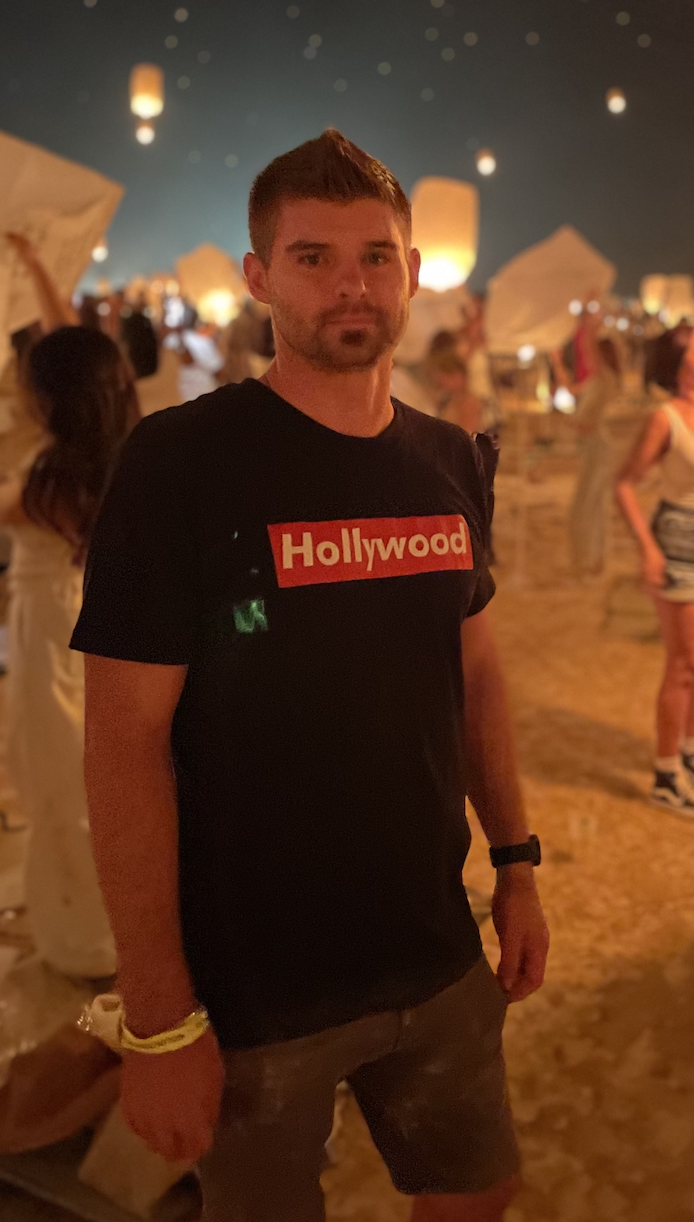Community Spotlight: Indu Subaiya - From Tech to the Trenches
From Tech to the Trenches: One Woman's Journey to Combatting Homelessness in Our Community

Dr. Indu Subaiya's journey has taken her from the cutting edge of healthcare technology to the front lines of the homelessness crisis in her Los Feliz neighborhood.
Arriving in Los Angeles in 2008 with her husband shortly after founding Health 2.0, a conference series and platform aimed at revolutionizing healthcare, Indu believed that technology, data, and innovation held the key to solving systemic issues. After selling her company in 2017, she began searching for new ways to contribute to her community. She soon realized that the complex challenges she witnessed, particularly concerning homelessness, couldn't be solved by algorithms alone.
As she put it succinctly, "Robots were not going to solve this problem."
The pandemic prompted Indu to step away from her computer and engage directly with her community. She began volunteering in Los Feliz, connecting with her neighbors and helping her experience the community's needs firsthand. This experience led her to apply for a vacant position on her local Los Feliz Neighborhood Council (LFNC), and one to which she was subsequently re-elected. Representing her Franklin Hills neighborhood in District E, Indu found the direct community engagement she craved.
Before joining the LFNC in the summer of 2022, Indu had already been involved in community affairs. As the Community Relations representative of Friends of Franklin, she helped with return-to in-person learning at Franklin Avenue Elementary following the pandemic, Indu had become a community advocate, though her focus hadn't yet shifted to homelessness.

At the time, LFNC had been actively advocating for the Bridge Housing facility on Riverside Avenue. This initiative, part of then-Mayor Garcetti's efforts to provide interim housing, could have faced significant NIMBY (Not In My Backyard) opposition. The LFNC played a crucial role in building community support for the project, working with PATH (People Assisting The Homeless), local residents, and city officials.
Around this time, Nithya Raman was elected Councilmember for District 4, and Indu credits her with significantly increasing community engagement around homelessness. Raman established a dedicated homelessness deputy and team, with Sarah Tanberg, CD 4’s new Homelessness Deputy, serving as Indu's point of contact. Indu began volunteering with street outreach efforts, shortly after the LFNC formally voted in favor of the new Interim Housing facility.
After the Bridge Housing facility opened, public engagement continued with a combination of support and critique. But neighborhood sentiment began to shift. Concerns about increased drug use and crime threatened to erode community buy-in. The LFNC became a crucial bridge between the facility and residents, working to ensure the safety of both housed and unhoused individuals. This included inviting residents and service providers at the new facility to their Homelessness Committee meetings to address issues such as parking and public safety.
"The more folks understand and are educated around these issues," Indu explains, “the more compassion they’ll have for their unhoused neighbors.”

Recognizing the need for better communication and resource access, the LFNC conducted a walk with the Los Feliz Business Improvement District, CD4 representatives, and the LAPD. The walk revealed a significant gap in knowledge about who to contact with concerns. Indu emphasizes the vital role of Neighborhood Councils in reaching all residents, and facilitating effective public/private partnerships. With 99 councils representing nearly 40,000 residents each, these local bodies, overseen by the Department of Neighborhood Empowerment (DONE), are essential for community engagement. DONE's new General Manager, Carmen Chang, has been instrumental in providing infrastructure for the NC system, including a homelessness liaison program. This program connects NCs with City Hall and other NCs, fostering collaboration and information sharing.
Indu observes that many NC members are deeply involved in connecting with unhoused neighbors, yet their potential is underutilized by the system. While NCs are funded and can provide neighborhood purpose grants, the homelessness sector often lacks awareness of how to effectively engage with them. She envisions NCs playing a more active role in connecting individuals experiencing homelessness with service providers.
"We can do more," Indu asserts. "We can be a frontline force!"

One idea currently being explored by the LFNC Homelessness Committee, in collaboration with DONE and the SELAH Neighborhood Homeless Coalition, is a "neighborhood ambassador program." This program would train "super volunteers" – residents and small business owners – to serve as points of contact and referral for services like the innovative Hollywood 2.0 program and Healthcare In Action (HIA), a local provider offering a wide range of street medicine services. SELAH provides crucial training on boundaries and appropriate responses when interacting with unhoused neighbors. These ambassadors wouldn't be expected to be heroes but rather connectors to the right resources, preventing well-meaning volunteers from overstepping boundaries or inadvertently creating legal or unsafe situations.
Indu considers her time chairing the Homelessness Committee her "school" in understanding the complexities of the issue. Her experience led her to take on the role of interim CEO of HIA, where she has overseen the organization ramping up their Enhanced Care Management and Community Support Services to patients in unsheltered and sheltered environments. After a brief period, Indu was voted in as HIA’s permanent CEO in December of last year.
Dr. Subaiya's journey, from tech entrepreneur to community advocate, highlights the importance of direct engagement, education, and collaboration in addressing the multifaceted challenge of homelessness.
- Additional resources:



.svg)



